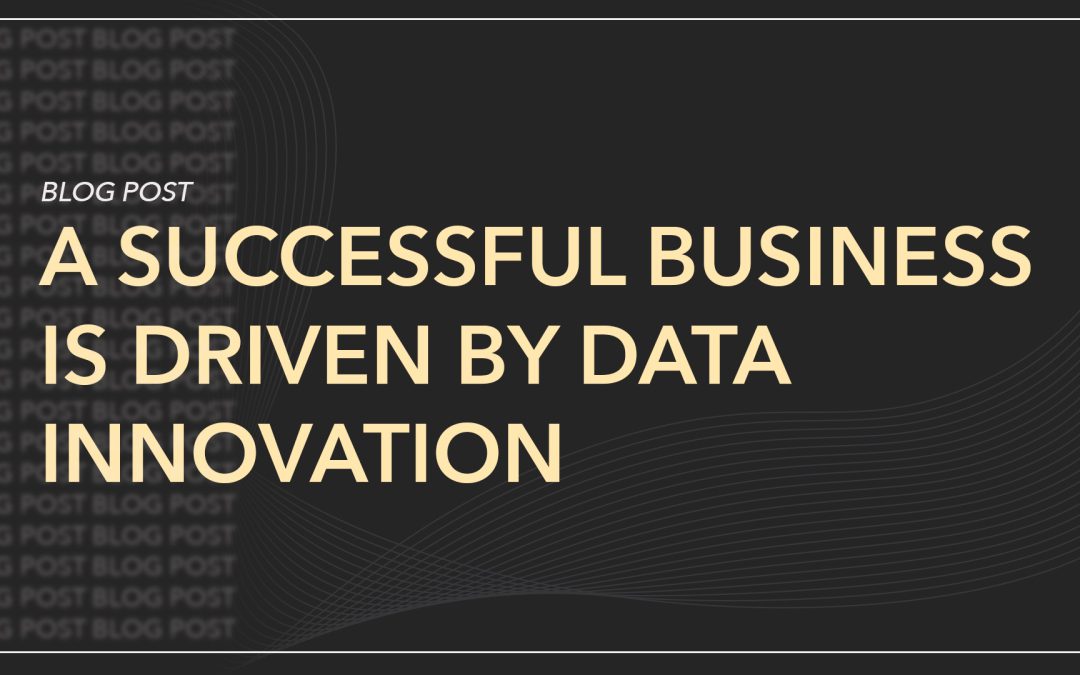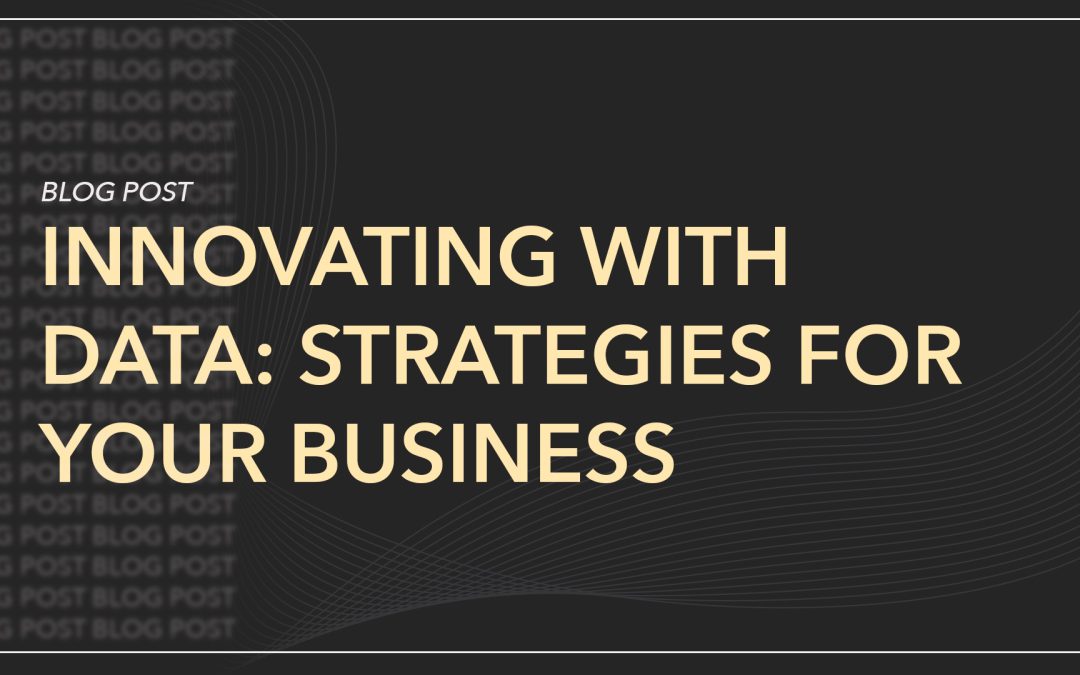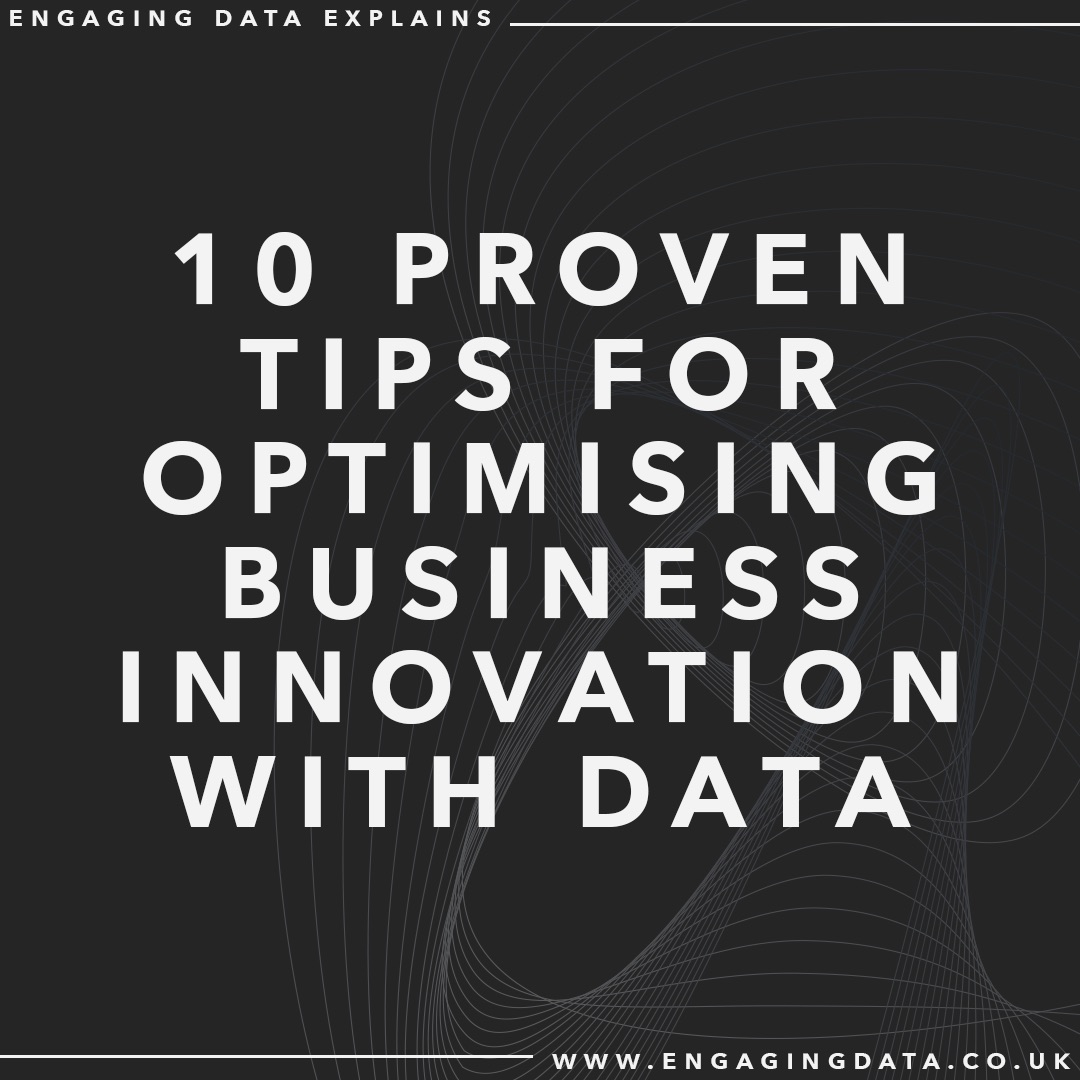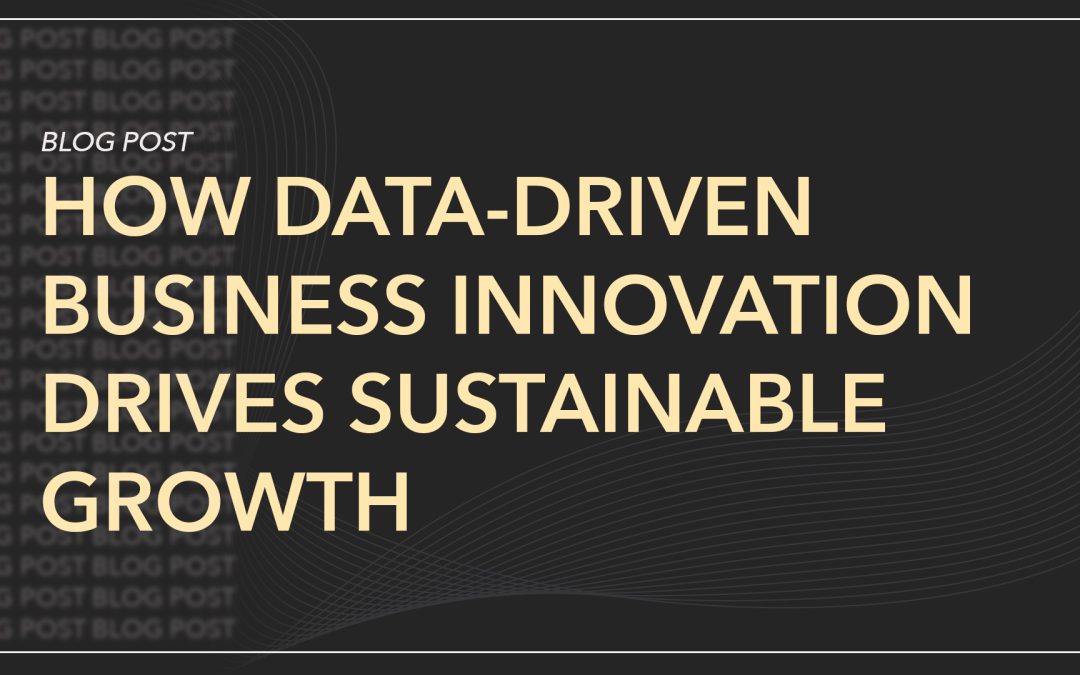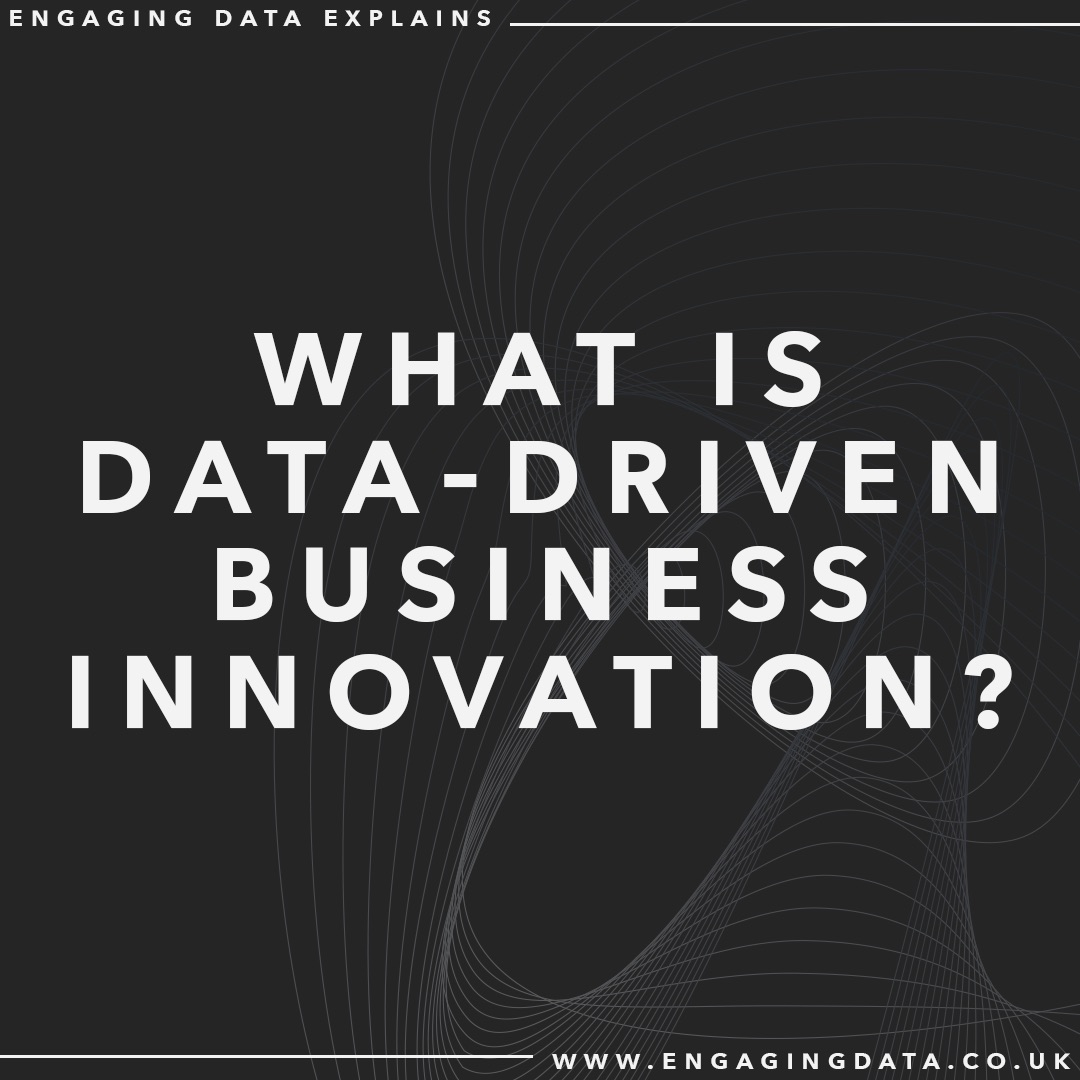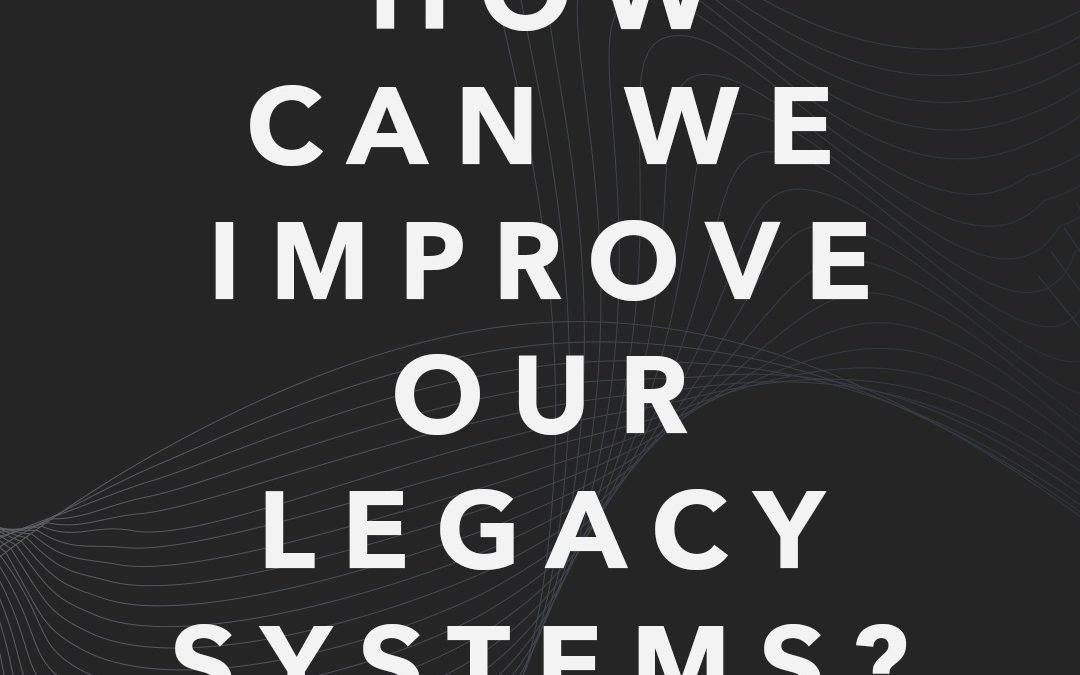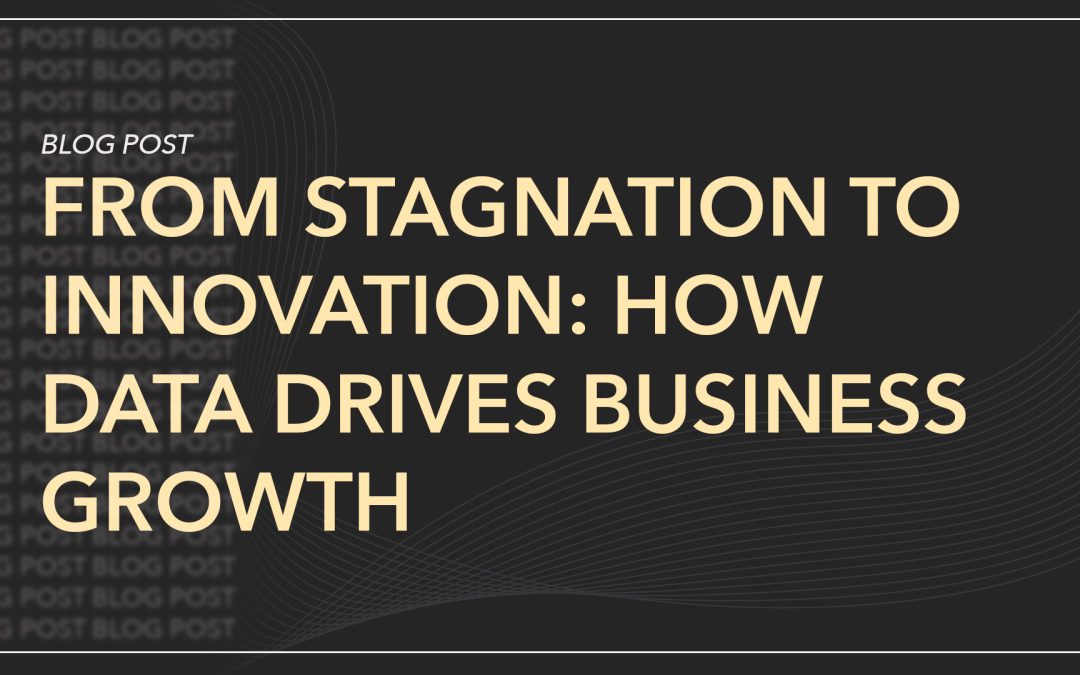
From Stagnation to Innovation: How Data Drives Business Growth
From Stagnation to Innovation: How Data Drives Business Growth
Why Businesses Struggle to Innovate
Every business leader understands the pressure to innovate and stay competitive.
Yet, many organisations, especially in Financial Services and Manufacturing, struggle to turn data into real business value.
The problem isn’t a lack of data.
It’s a lack of data agility.
Companies are drowning in information, yet legacy systems, siloed databases, and slow decision-making processes prevent them from acting on it.
Those who fail to leverage data effectively risk falling behind.
Those who embrace real-time insights, predictive analytics, and AI-driven decision-making are driving new revenue streams and gaining an undeniable competitive edge.
Want to learn more about how data-driven innovation creates a more successful business?
Check out this blog post

Data Agility: The Key to Unlocking Business Growth
What separates innovative businesses from stagnant ones? Agility.
Success is determined by how quickly and effectively a company can act on data.
Data agility – the ability to collect, process and apply insights in real-time – is what drives new revenue streams and smarter business models.
Consider Financial Services. Traditional banks that once relied on outdated data systems are now embracing open banking to deliver hyper-personalised financial products.
By leveraging real-time customer insights, they’re launching dynamic lending solutions, fraud detection models, and AI-driven wealth management tools.
In Manufacturing, data agility is reshaping supply chains. Companies are using real-time performance analytics to predict machine failures before they happen, reducing downtime and maximising efficiency.
A factory that once reacted to production issues now prevents them entirely – all thanks to data-driven innovation and predictive insights.
Data agility allows companies to pivot faster, optimise revenue models, and scale innovation without unnecessary risk.
How does dat-driven business innovation grow your business?
Check out this blog post
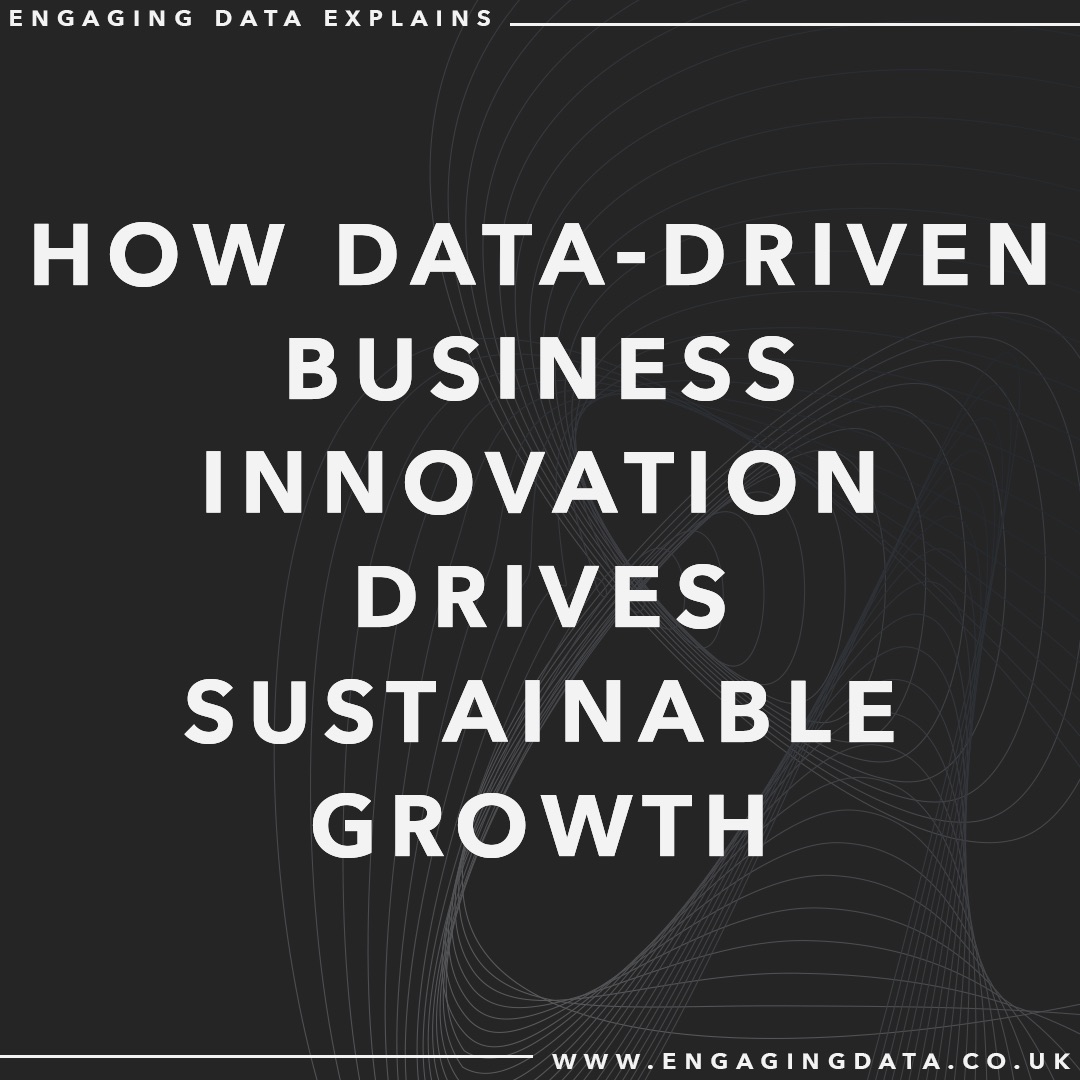
From Data to Decisions: Why AI & Predictive Analytics are Game-Changers
Many businesses still make decisions based on past performance, reacting to data instead of using it to predict the future of their business.
But leading companies are now leveraging AI and predictive analytics to anticipate challenges, uncover new opportunities, and act before the competition.
Here’s how:
- Manufacturers use AI driven predictive maintenance to detect early signs of equipment failure – reducing downtime.
- Financial institutions use machine learning to detect fraud in real-time, stopping cyber threats before they cause damage.
- Retail and logistics firms optimise inventory based on predictive demand forecasting reducing excess stock while preventing shortage.
By embracing AI-powered decision-making, businesses reduce risk, lower costs, and create data-driven growth opportunities.
Don’t forget this though: AI will only be effective if you build it upon a solid foundation of great data quality.
Otherwise, it’ll be s#!t in and s#!t out. So, get your data quality up to a good standard, otherwise AI is an expensive experiment.
The Missed Opportunities of Data Inaction
Many businesses don’t realise that inaction is a choice – and often it’s the most expensive one!
Sticking with outdated systems?
You’re paying for inefficiencies every single day!
Delaying data innovation?
Your competitors are already leveraging AI, real-time analytics, and automation to get ahead.
Not using predictive insights?
You’re reacting to problems instead of preventing them.
The Hidden Costs of Doing Nothing:
- Missed Revenue Opportunities – Your competitors are monetising data in ways you aren’t.
- Higher Operational Costs – Inefficiencies add up, and outdated processes slow growth.
- Slower Decision-Making – Without real-time insights, you can pivot and change fast enough!
The businesses winning today are those who move first and are constantly innovating.
Let’s start the journey toward true business innovation
Download our Data Innovation Toolkit
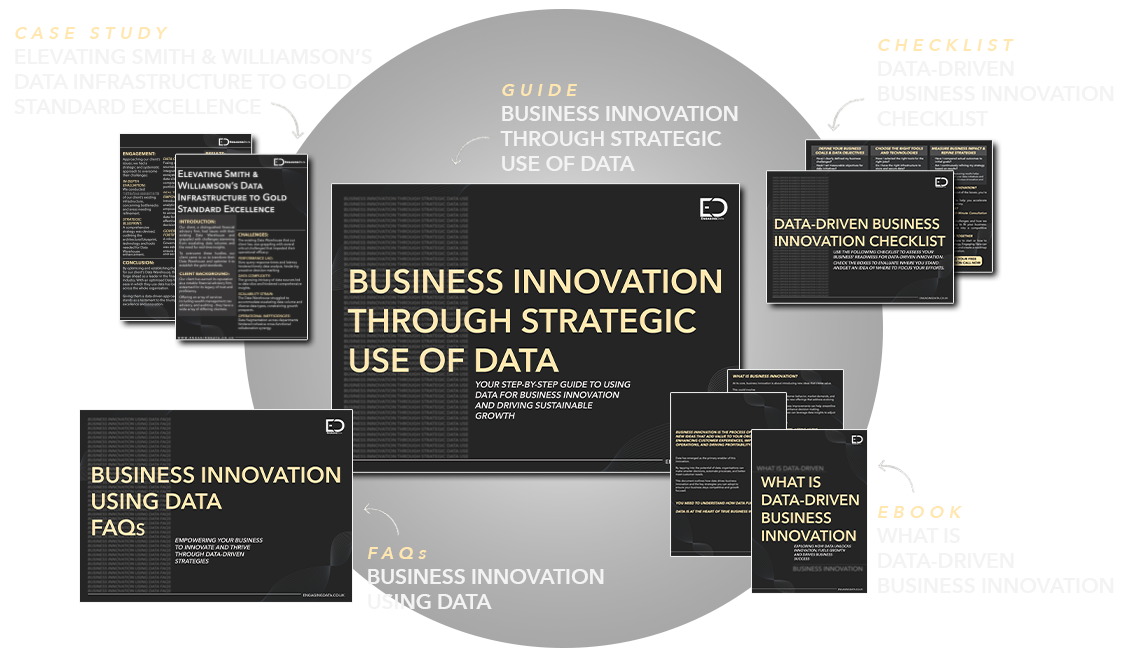
Is Your Business Ready to Innovate with Data?
Business that fails to modernise their data strategy and innovate using data-driven initiatives will fall behind their competitors.
But those who embrace data-driven innovation will lead their industries.
At Engaging Data, we deliver innovation sustainably, transform outdated systems into powerful, future-proof data platforms.
We will help you maximise ROI, accelerate innovation, and deliver real business impact – fast.

